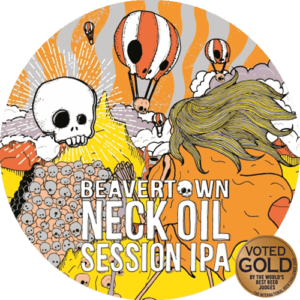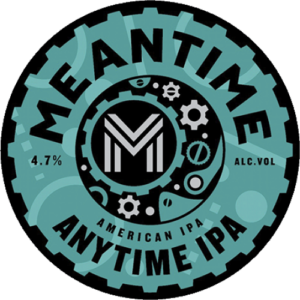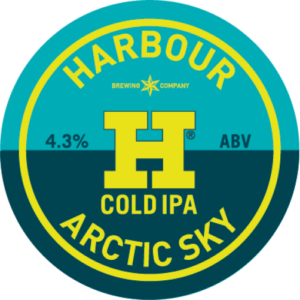Published on August 1st, 2024.
Your Complete Guide to IPAs
National IPA Day is 1st August this year
IPAs have a fascinating history that stretches back to the era of British global dominance. However, by the 1990s, they had fallen out of favour and were nearly impossible to find in Britain, where pubs were dominated by lagers, pilsners, bitters, and ciders. Then came a new wave of craft brewers who not only revived the IPA but also elevated it to a new level of popularity, making it a staple in the craft beer world.
What does IPA stand for?
IPA stands for “India Pale Ale.” Despite what the name might suggest, IPAs originated in England. According to legend, the beer was brewed with a high hop content to preserve it during the long journey from England to India. While there are various debates about the true origin of the IPA, this is the story generally accepted by the public. Since then, the style has been extensively experimented with and has branched out into many different sub-styles of IPAs.
What’s the difference between an IPA and other beers?
An IPA is always classified as a Pale Ale, but a Pale Ale isn’t always an IPA. Pale ales are brewed primarily with pale malts, resulting in a medium body and a balanced flavour profile. Within the Pale Ale family, there are several types, including English Pale Ales, Blonde Ales, American Ales, and India Pale Ales (IPAs). IPAs, a distinct style within the pale ale family, are known for their higher hop content, giving them a stronger flavour. However, there’s no standardised threshold at which a pale ale becomes an IPA; it’s all up to the brewer.
In the 1990s, IPAs gained immense popularity among the craft brewing community in the UK and the USA. The term “IPA” now encompasses such a wide variety of beers that defining it strictly is challenging. You can find everything from alcohol-free IPAs to 13% ABV IPAs, with an array of flavours introduced by fruits, herbs, spices, and other ingredients. The diversity under the IPA umbrella showcases the creativity and innovation of craft brewers today.
How strong are IPAs?
An IPA isn’t inherently stronger than other beers. While some IPAs have higher alcohol content than average beers, others have lower. You can find IPAs with 0% ABV and others with up to 8.2% ABV.
The perception of IPAs as strong beers likely stems from their rise in popularity during the 2000s, a time when craft ales, generally stronger than typical lagers and bitters, were gaining appreciation.
It’s important to check the ABV of the IPA you’re considering. With such a wide range available, you might accidentally choose a potent party brew when all you want is something light for your customers to enjoy with their pizza—or the other way around, which could be quite a let-down.
Share this article
Click here to receive the latest and greatest promotions, new products, competitions and so much more straight to your inbox.










